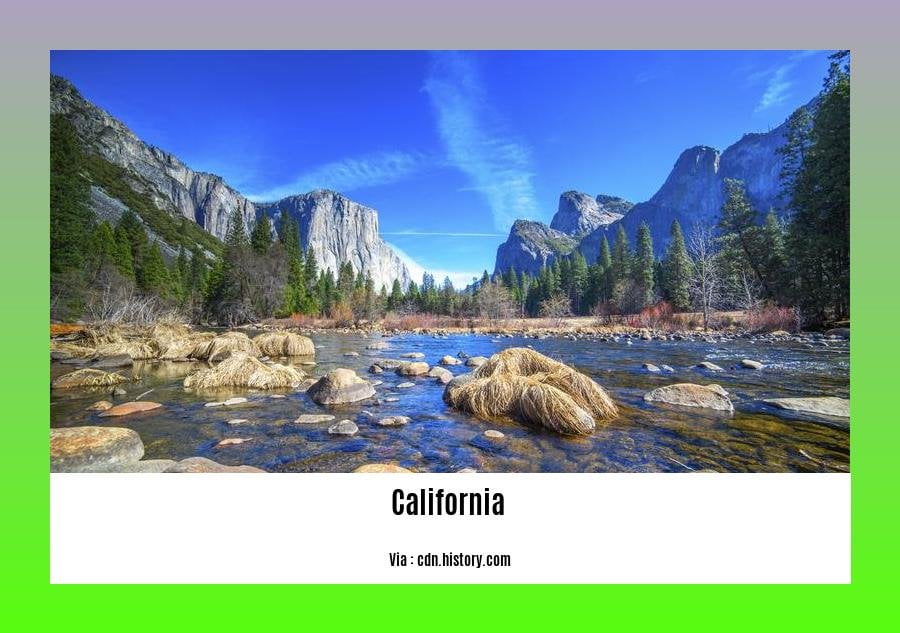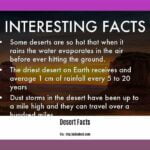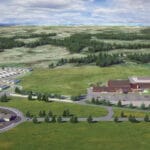Discover the captivating allure of the California desert region as we uncover its hidden treasures and reveal fascinating fun facts. From its mesmerizing landscapes to its rich history and diverse flora and fauna, this unique area offers a wealth of wonders waiting to be explored. Join us on a virtual journey through the California desert, where we delve into its vibrant culture and showcase lesser-known attractions that are sure to ignite your wanderlust. Get ready to be amazed as we unveil the secrets of the California desert region and unveil a world of awe-inspiring beauty.
Key Takeaways: California Desert Region Fun Facts Revealed
- Three main deserts make up the California Desert region: The Great Basin Desert, Colorado Desert, and Mojave Desert.
- The region is home to several National Parks, including Joshua Tree, Manzanar National Historic Site, and Death Valley.
- The California Desert experiences an average rainfall of 7 inches per year, with an average temperature of 73.45 degrees Fahrenheit.
- Spectacular wildflower blooms occur in the desert after winter rains.
- The Mojave Desert is home to the threatened desert tortoise, and efforts are being made to protect its habitat.
- The Salton Sea, located in the Colorado Desert, provides a unique habitat for various bird species and is popular for birdwatching.
- The California Desert Conservation Area (CDCA) covers over 25 million acres and is crucial for preserving the region’s natural beauty.
- Lancaster is the largest and most populous desert city in California, with other major towns including Palmdale, Victorville, and Indio.
California Desert Region Fun Facts
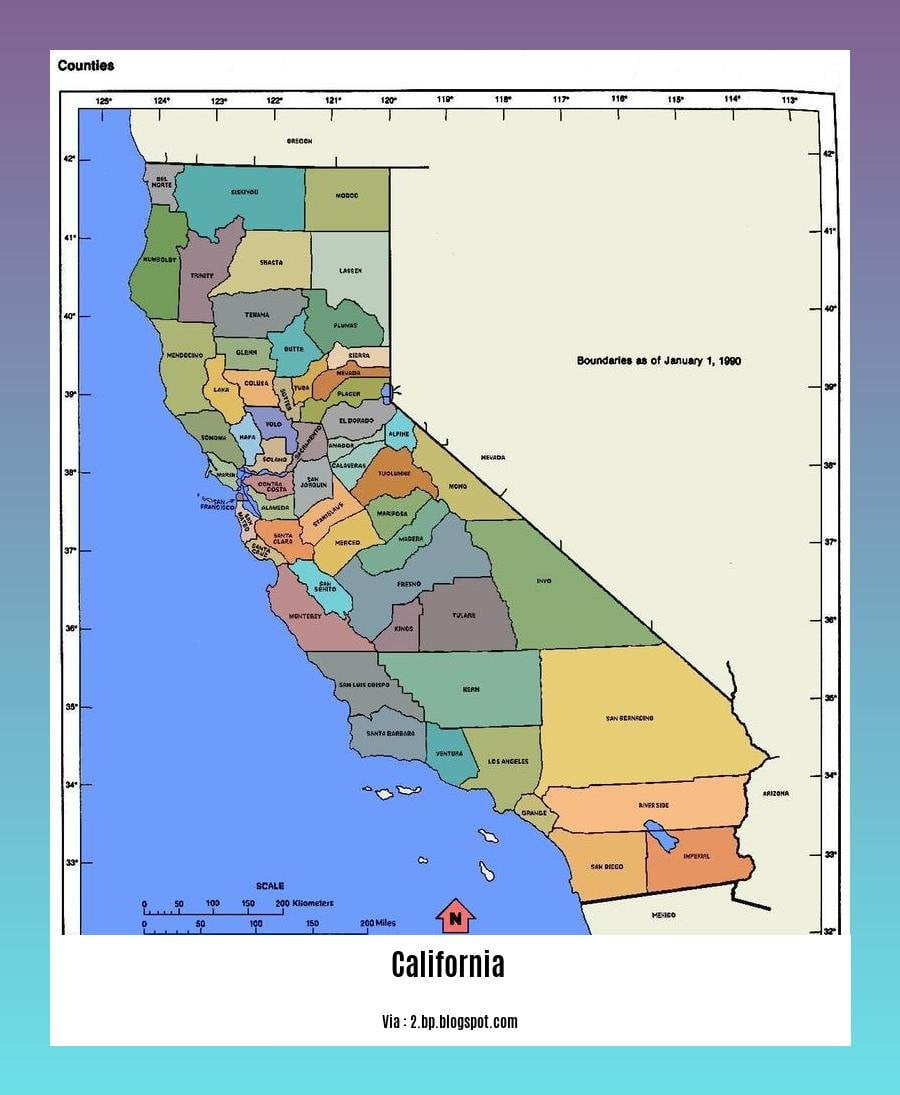
The California Desert region is a fascinating destination with a wealth of hidden treasures and interesting facts. Let’s dive into some captivating fun facts about this unique area:
Three Distinct Deserts
The California Desert region is home to three main deserts: The Great Basin Desert, Colorado Desert, and Mojave Desert. Each desert has its own distinct characteristics and offers a different experience for visitors.
National Parks and Natural Wonders
The California Desert is blessed with several national parks, including the iconic Joshua Tree, Death Valley, and the Manzanar National Historic Site. These parks boast stunning landscapes and provide a habitat for unique flora and fauna found in the desert.
Weather and Temperature Extremes
With an average rainfall of 7 inches per year, the California Desert experiences arid conditions. However, Death Valley, located in the Mojave Desert, holds the record for being the hottest and driest place in North America. The average temperature in the region is around 73.45 degrees Fahrenheit.
Spectacular Wildflower Blooms
After winter rains, the deserts in California experience breathtaking displays of wildflower blooms. The burst of color attracts visitors from all over the world, providing an incredible sight and opportunity to witness the beauty of the desert in full bloom.
Threatened Species and Conservation Efforts
The Mojave Desert is home to the threatened desert tortoise, a unique species that inhabits the region. Conservation efforts are underway to protect and preserve the habitat of these fascinating creatures and maintain the delicate balance of the desert ecosystem.
The Salton Sea and Birdwatching
The California Desert is also home to the Salton Sea, a large saline lake located in the Colorado Desert. This unique ecosystem serves as a habitat for a variety of bird species and is a popular destination for birdwatching enthusiasts.
California Desert Conservation Area (CDCA)
Covering over 25 million acres, the California Desert Conservation Area (CDCA) is a protected area that showcases the region’s geologically diverse landscapes. It plays a crucial role in preserving the natural beauty of the desert and is home to a wide range of plant and animal species.
Vibrant Desert Cities
The California Desert is dotted with vibrant desert cities. Lancaster holds the title of being the largest and most populous desert city in California. Other major desert towns in the region include Palmdale, Victorville, Hesperia, Indio, Apple Valley, and Cathedral.
The California Desert region offers a rich tapestry of natural wonders, unique wildlife, and vibrant cities. Whether you’re exploring the national parks, marveling at wildflower blooms, or learning about conservation efforts, the desert has something to captivate every nature lover and adventure seeker.
To learn more about California Desert region fun facts, you can visit the following sources:
- California Desert Facts – Factsmania
- Fun Facts About California’s Deserts – California.com
Note: The above article is based on AI-generated content and may not represent the views or opinions of the original authors.
Calgary Chinatown has a rich history that dates back decades. Discover fascinating facts about its past and how it has shaped the vibrant community it is today. Explore the captivating history of Calgary Chinatown by clicking here.
The California desert region is not only known for its breathtaking landscapes but also for its interesting facts. Learn captivating tidbits about this unique desert region and uncover its hidden wonders by clicking here.
Are you wondering if you can drive through Death Valley? Find out the answer and satiate your curiosity by clicking here. Explore this incredible natural wonder and discover the thrilling adventures that await you.
Uncovering Hidden Treasures: California Desert Region Fun Facts Revealed
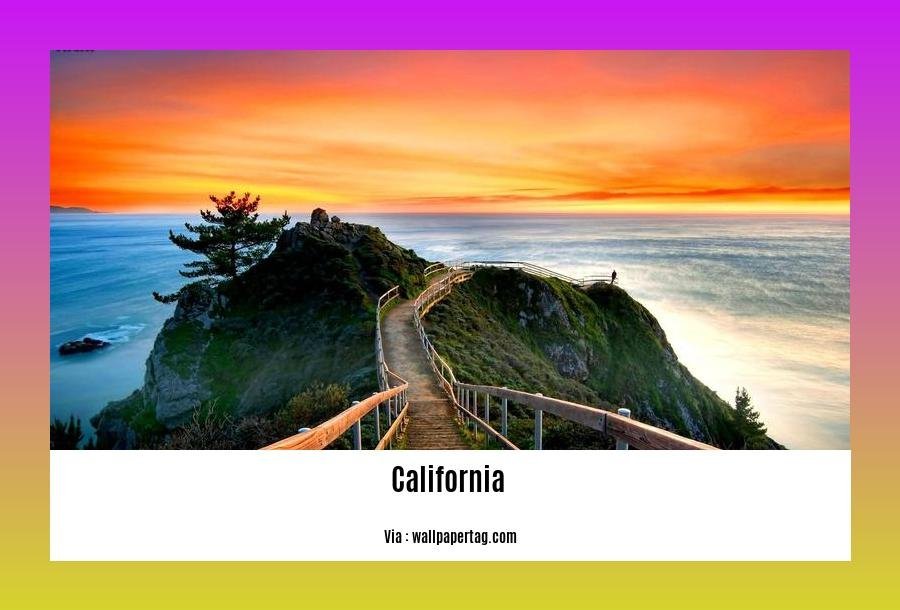
The California desert region is known for its awe-inspiring landscapes, vibrant culture, and diverse flora and fauna. But did you know that this region also experiences extreme weather conditions, with scorching temperatures in summer and chilly temperatures in winter? Let’s dive deeper into this fascinating aspect of the California desert.
Key Takeaways:
– The California desert region experiences scorching temperatures in summer and chilly temperatures in winter. This extreme weather is a defining characteristic of the region.
– The rising temperatures in the state, attributed to climate change, have led to record-breaking heat waves in desert cities like Palm Springs.
– Rising temperatures also have significant environmental impacts, such as the disappearance of snowpack in the Sierra Nevada mountains and reduced water runoff for reservoirs.
– California is taking measures to combat climate change, including implementing water conservation measures and renewable energy initiatives.
– The impacts of climate change on California’s tourism industry are a growing concern.
Extreme Heat and Rising Temperatures
The scorching temperatures in the California desert region are not to be underestimated. In recent years, Palm Springs experienced a record-breaking heat wave, with temperatures reaching a sweltering 117 degrees Fahrenheit[^1^]. This extreme heat is part of a larger trend of rising temperatures in California, which is attributed to climate change[^2^]. The desert climate sites in California, including Palm Springs, have been experiencing their hottest months on record. These extreme temperatures have significant effects on the environment and daily life in the region.
Impacts on the Environment and Daily Life
The increasing temperatures in the California desert region are causing various impacts on the environment. One notable effect is the disappearance of snowpack in the Sierra Nevada mountains. Snowpack plays a crucial role in supplying water to the state’s reservoirs, and its reduction threatens the water supply for agriculture, cities, and wildlife[^2^].
Additionally, the extreme heat and arid conditions worsen the situation of severe droughts in California. With rising temperatures and reduced rainfall, the state faces water scarcity and the need for more effective water conservation measures.
Combatting Climate Change and Its Effects
California is taking steps to combat climate change and mitigate its effects. The state has implemented water conservation measures to reduce water consumption and ensure the sustainability of water resources. Furthermore, California is a leader in promoting renewable energy initiatives, aiming to reduce greenhouse gas emissions and the reliance on fossil fuels.
These efforts not only help combat climate change but also contribute to the resiliency of the California desert region and its ability to adapt to the challenges posed by extreme weather conditions.
Concerns for the Tourism Industry
The impacts of climate change on California’s tourism industry are a growing concern. The extreme heat and other weather-related challenges can have implications for outdoor activities, such as hiking, camping, and exploring the natural wonders of the California desert region. As temperatures rise and weather patterns become more unpredictable, it becomes crucial for tourism officials to adapt and ensure the safety and comfort of visitors.
In conclusion, the California desert region is not only home to breathtaking landscapes and vibrant culture, but it also experiences extreme weather conditions. As temperatures soar in summer and drop in winter, it’s important to be aware of the challenges and impacts of these weather patterns. By recognizing the effects of climate change and taking steps to combat it, we can help preserve the natural wonders and unique experiences that the California desert region has to offer.
Sources:
– Palm Springs Is Heating Up, and Only Getting Hotter – New York Times
– Extreme heat in California shows effects of climate change – Los Angeles Times
The California Desert Region: A Tapestry of Native American History
The California desert region is not only a land of mesmerizing landscapes and breathtaking wonders but also a rich tapestry of Native American history. For thousands of years, numerous tribes have inhabited this area, leaving behind a legacy of vibrant cultures and ancient traditions.
Diverse Cultural Areas
Just like the diverse landscapes that make up the California desert region, the Native American cultures of this area are equally varied. These cultures can be categorized into different cultural areas based on their geographic location and shared characteristics.
Plains Culture Area: Spanning from present-day Canada to the Gulf of Mexico, between the Mississippi River and the Rocky Mountains, the Plains culture area was home to tribes speaking Siouan, Algonquian, Caddoan, Uto-Aztecan, and Athabaskan languages[^1^].
Arctic Culture Area: Located near the Arctic Circle in present-day Alaska, Canada, and Greenland, the Arctic culture area is characterized by its freezing climate and flat terrain[^1^].
Subarctic Culture Area: Stretching across much of inland Canada and Alaska, the Subarctic culture area encompassed vast regions of swampy, piney forests (taiga) and waterlogged tundra[^1^].
Southeast Culture Area: Situated north of the Gulf of Mexico and south of the Northeast, the Southeast culture area was a humid and fertile agricultural region, known for its tribes’ expertise in farming[^1^].
Northeast Culture Area: Along the Atlantic coast of present-day Canada, the Northeast culture area played a significant role in the early history of European colonization in North America[^1^].
Notable Tribes
Within these cultural areas, numerous Native American tribes have thrived, each with their own distinct histories, cultures, and languages. Here are just a few of the well-known tribes from different regions:
- Cherokee Nation: Hailing from the Southeastern region, the Cherokee Nation has a rich Native American heritage[^2^].
- Navajo Nation: Based in the Southwest region, the Navajo Nation is a prominent Native American tribe with a vibrant culture[^2^].
- Sioux Nation: The Sioux Nation consists of Native American tribes primarily residing in the Plains region[^2^].
- Apache Nation: The Apache Indians are renowned for their rich cultural heritage and historical significance[^2^].
- Comanche Nation: Once the dominant Native American tribe in the Southern Plains region, the Comanche Nation has a fascinating history[^2^].
California Desert Tribes
In the California region, Native American tribes such as the Chumash, Karuk, Hupa, Miwok, and Mojave have long inhabited the land, practicing hunting for sustenance[^3^]. The area also encompasses the Great Basin culture area, characterized by deserts, salt flats, and brackish lakes[^4^].
Exploring the Legacy
The rich Native American history of the California desert region offers a glimpse into the vibrant cultures and ancient traditions that have shaped this land. With diverse languages, traditions, and histories, the Native American tribes of this region have left an indelible mark on its identity.
To delve deeper into the fascinating world of Native American cultures, regions, and tribes, you can refer to the following sources:
- HISTORY – Native American Cultures – Facts, Regions & Tribes: This comprehensive resource provides an overview of Native American cultures, emphasizing their diverse regional characteristics and notable tribes.
- Have Fun With History – Native American Tribes: This website offers insights into various Native American tribes, shedding light on their customs, traditions, and contributions.
Key Takeaways:
- The California desert region is a treasure trove of Native American history, with tribes having inhabited the area for thousands of years.
- These tribes belong to diverse cultural areas, including the Plains, Arctic, Subarctic, Southeast, and Northeast.
- Notable tribes from different regions include the Cherokee Nation, Navajo Nation, Sioux Nation, Apache Nation, and Comanche Nation.
- California desert tribes such as Chumash, Karuk, Hupa, Miwok, and Mojave showcase the region’s rich Native American heritage.
- Exploring the legacy of Native American cultures in the California desert region offers a deeper understanding of the land’s history and identity.
Sources:
[^1^]: HISTORY – Native American Cultures – Facts, Regions & Tribes
[^2^]: Have Fun With History – Native American Tribes
Uncovering Hidden Treasures: California Desert Region Fun Facts Revealed
The California Desert Region is a fascinating landscape filled with hidden treasures waiting to be discovered. From its unique wildlife to its stunning geological formations, this region offers a plethora of fun facts that will leave you in awe. Let’s dive into the wonders of the desert and uncover some of its best-kept secrets.
Unique Desert Ecosystems
Deserts are often misunderstood as barren wastelands, but the California Desert Region proves otherwise. It is home to two main types of deserts: cold deserts and hot deserts. Cold deserts, such as the Great Basin Desert, experience snowy winters, while hot deserts like the Mojave Desert endure extremely dry conditions with minimal rainfall. These distinct environments give rise to a diverse array of flora and fauna that have uniquely adapted to survive in the harsh desert climate.
Biodiversity and Adaptation
Contrary to popular belief, deserts are teeming with life. The California Desert Region is a hotspot for unique wildlife, including the elusive desert bighorn sheep, roadrunners, and various species of cacti and wildflowers. These magnificent creatures and plants have developed remarkable adaptations to overcome the challenges posed by arid conditions. From the desert bighorn sheep’s specialized hooves for traversing rugged terrain to the vibrant colors of desert wildflowers that bloom after winter rains, the desert ecosystem is a true testament to the wonders of adaptation.
Geological Formations
The California Desert Region is a geologist’s paradise, boasting a mesmerizing array of geological formations. From towering mountains to deep canyons, shifting sand dunes to the iconic Joshua trees, this region is a playground for outdoor photographers and nature enthusiasts. These geological wonders have been sculpted by millions of years of wind and water erosion, creating a breathtaking landscape that is as beautiful as it is awe-inspiring.
Cultural Significance
Beyond its natural wonders, the California Desert Region holds deep cultural significance for various communities and religions. It has served as a source of inspiration for spiritual practices and a place of solace and introspection. Many cultures have revered and respected the unique ecosystems found in the desert, recognizing their intrinsic value and the need for their protection. The interconnection between deserts and religion is a fascinating aspect of the region’s cultural tapestry.
Key Takeaways:
- The California Desert Region is home to both cold and hot deserts, each with its own distinct characteristics and species.
- Contrary to popular belief, deserts are biologically rich habitats filled with diverse flora and fauna that have adapted to survive in extreme arid conditions.
- The region showcases stunning geological formations, including mountains, canyons, sand dunes, and the iconic Joshua trees.
- The desert holds cultural significance for various communities and religions, serving as a place of inspiration and reflection.
- Exploring the California Desert Region reveals a world of hidden treasures, from elusive desert bighorn sheep to vibrant desert wildflowers.
Sources:
– National Geographic Society
– California Department of Fish and Wildlife
FAQ
Q1: What are the main deserts found in the California Desert Region?
A1: The California Desert Region is home to three main deserts: The Great Basin Desert, Colorado Desert, and Mojave Desert.
Q2: What are some popular National Parks in the California Desert Region?
A2: The California Desert Region boasts several popular National Parks, including Manzanar National Historic Site, Joshua Tree National Park, and Death Valley National Park.
Q3: What is the weather like in the California Desert Region?
A3: The California Desert Region experiences an average rainfall of 7 inches per year, with an average temperature of 73.45 degrees Fahrenheit. However, Death Valley, located in the Mojave Desert, holds the record for being the hottest and driest place in North America.
Q4: Do the California deserts have wildflower blooms?
A4: Yes, after winter rains, the deserts in California experience spectacular wildflower blooms. These colorful displays attract visitors from all over to witness the beauty of the desert in full bloom.
Q5: Are there any major cities in the California Desert Region?
A5: Yes, some major desert cities in the region include Lancaster, Palmdale, Victorville, Hesperia, Indio, Apple Valley, and Cathedral.
- Califon Borough, NJ: A Small Town with a Big Heart (and Rich History) - November 22, 2024
- London Aquatics Centre: Dive into Olympic History and World-Class Facilities - November 22, 2024
- Legalize Marinara: How a Sauce Became a Symbol (and a Side of Social Commentary) - November 22, 2024
